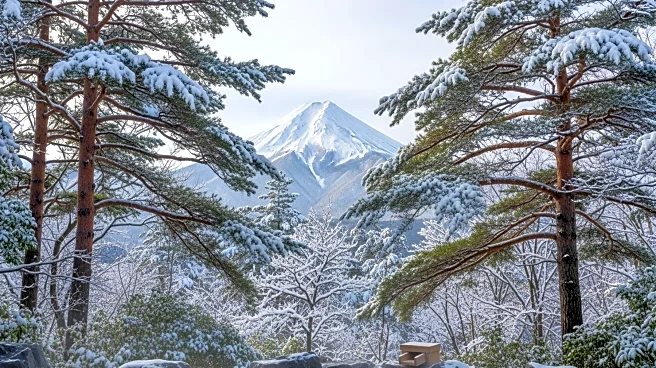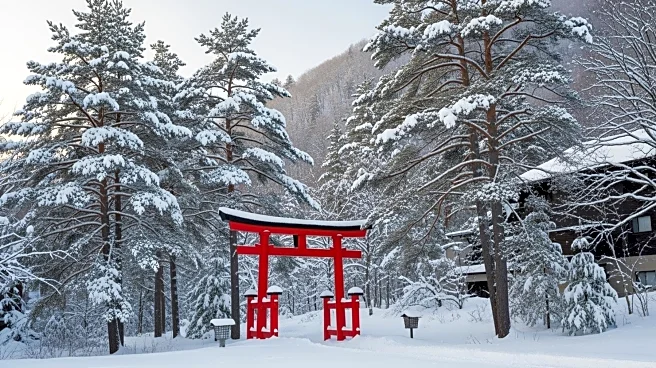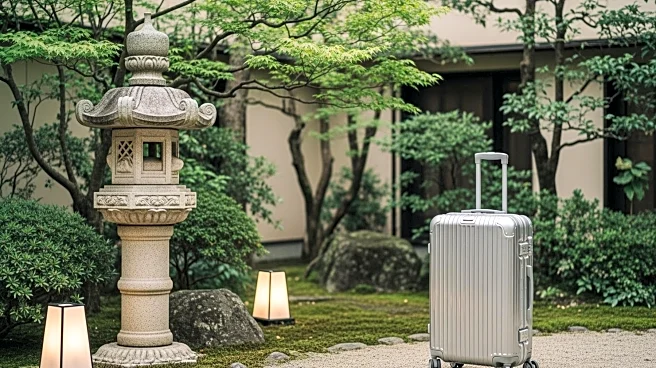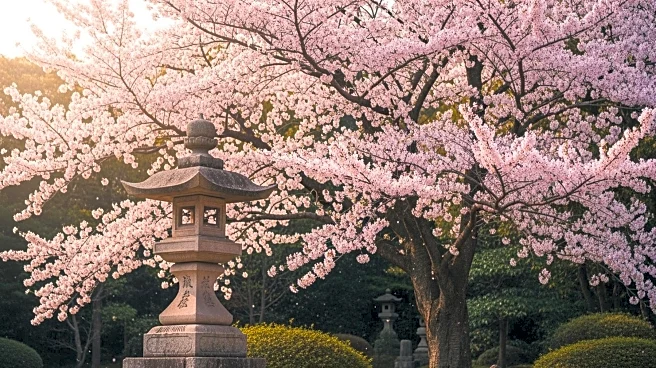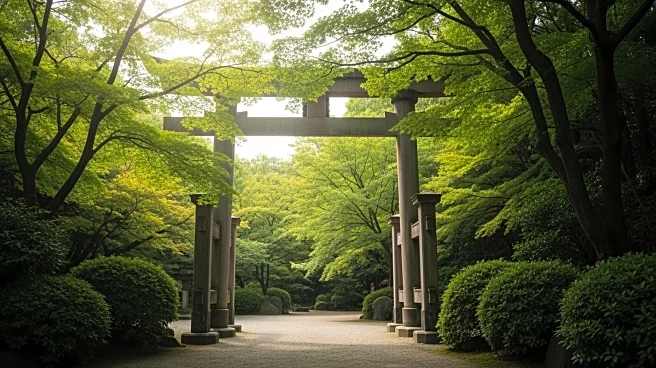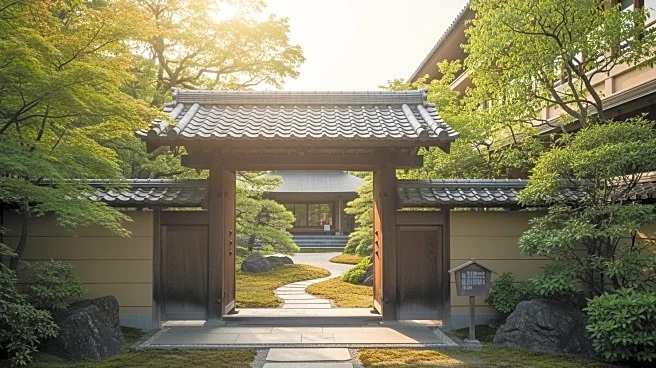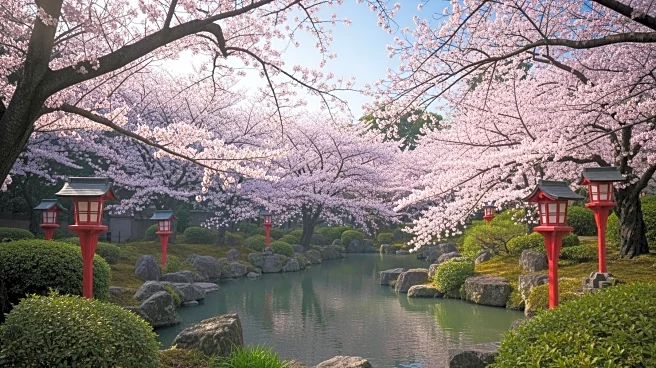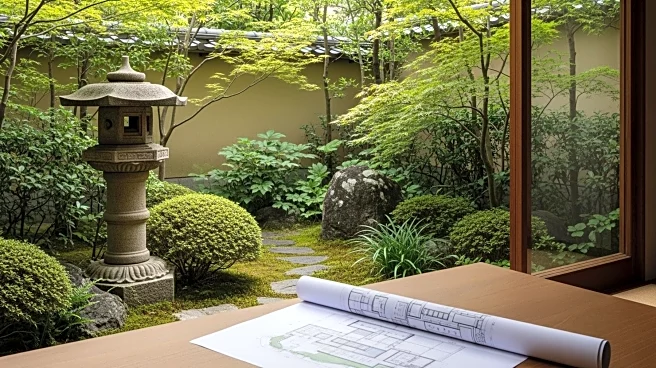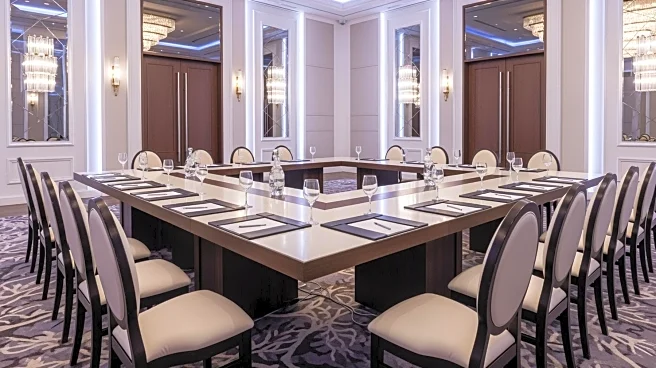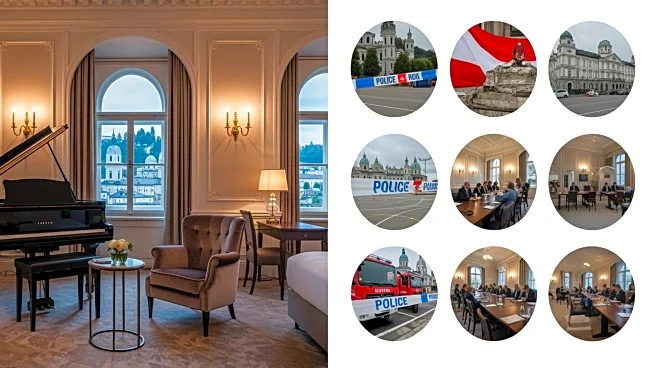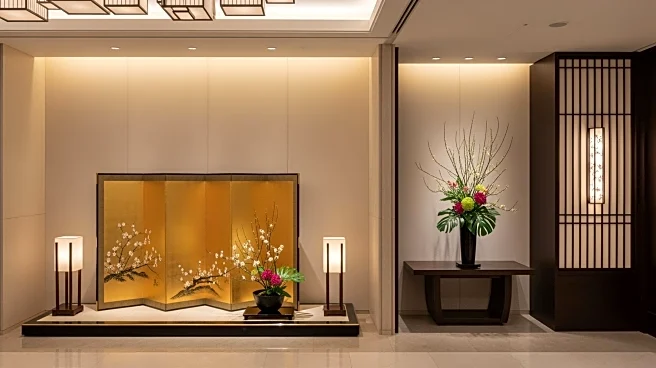What's Happening?
Six Senses, a part of IHG Hotels & Resorts, has signed a management agreement with Patience Capital Group to develop a new hotel and residences at Mount Myoko, Japan. The project, named Six Senses Myoko, will
feature a hotel with 57 rooms and suites, along with 21 branded residences. Located in the Myoko Kogen ski region, known for its extensive snowfall and natural hot springs, the development aims to integrate seamlessly into the environment with architectural design led by Kengo Kuma and Kume Sekkei. The design concept, 'Golden Wind,' reflects the area's natural elements and seasonal changes. The hotel will include two restaurants, a bar, a boutique, and a spa with eight treatment rooms. Construction is set to begin in April 2026.
Why It's Important?
The development of Six Senses Myoko is significant as it contributes to the economic growth of the Myoko Kogen region, enhancing its appeal as a year-round destination. This project aligns with IHG's strategy to expand the Six Senses brand globally, which currently operates 27 hotels and resorts in 22 countries. The new hotel is expected to attract international tourists, boosting local tourism and providing economic benefits to the community. The integration of sustainable design practices also highlights a growing trend in the hospitality industry towards environmentally conscious developments.
What's Next?
Construction of Six Senses Myoko is scheduled to begin in April 2026, with the hotel expected to open thereafter. As the project progresses, stakeholders including local businesses and tourism operators will likely prepare for increased visitor traffic. The development may also prompt further investments in the region, enhancing infrastructure and services to accommodate the anticipated growth in tourism. IHG's continued expansion of the Six Senses brand suggests potential future projects in other regions, further solidifying its presence in the luxury hospitality market.
Beyond the Headlines
The architectural approach of integrating the hotel into the natural environment reflects a broader industry trend towards sustainable and eco-friendly developments. This focus on sustainability not only appeals to environmentally conscious travelers but also sets a precedent for future projects in sensitive ecological areas. The emphasis on local cultural elements and natural beauty in the design may foster a deeper appreciation for the region's heritage among visitors, promoting cultural tourism.
